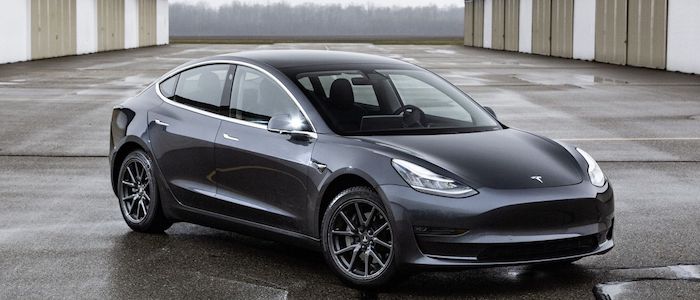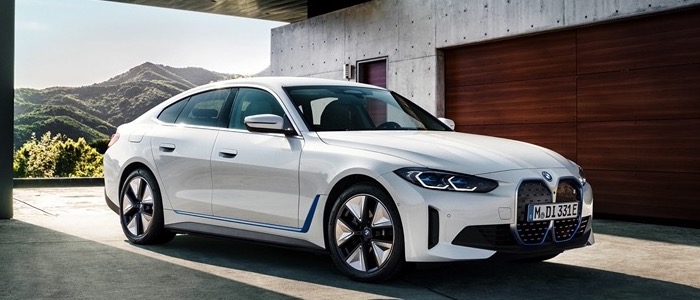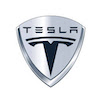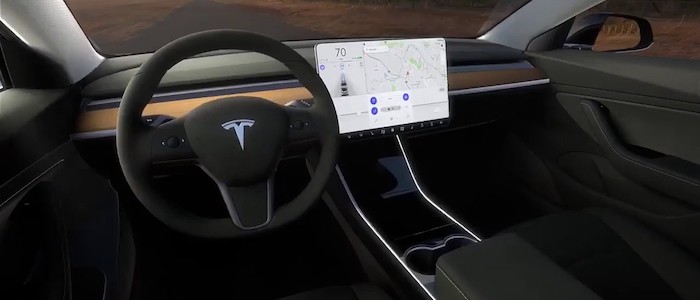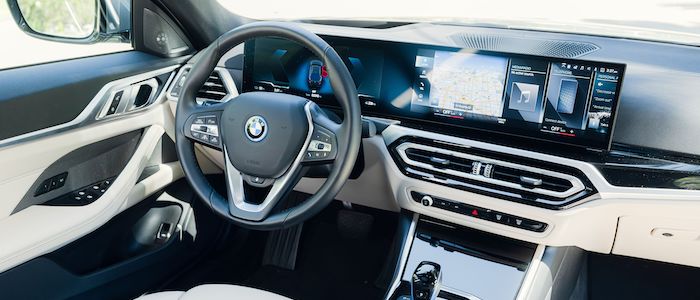Compare two cars
Compare any two cars and get our Virtual Adviser™ opinion
Dimensons & Outlines
Check a car with 30% off a report
Engine
Performance (manual gearbox)
Performance (automatic gearbox)
Expenses
Virtual Adviser's™ opinion
Well, these are two pretty similar cars we have here! It's only details that could potentially make the difference. Considering they both belong to the large family car segment and utilize the same 5-door hatchback body style and the 4 x 4 wheel drive system, it all comes up to the specific electric engine choice they offer. The first one has a Tesla-engineered powertrain under the hood, a PMSM Electric unit in formation 1 / 1 with 450hp unit, while the other one gets its power and torque from a IM Electric unit in formation 1 / 1 with 544hp engine designed by BMW.
SafetyBoth vehicles got tested by European New Car Assessment Programme (Euro NCAP), with the Tesla being a slightly better choice apparently. Moving further on, let's take a closer look at some additional safety-related facts. Both vehicles belong to the large family car segment, which is generally a good thing safety-wise, but that fact doesn't break the tie between the two cars. On the other hand, if we'd like to consider vehicle mass in this context too, which we definitely should, the German car offers a considerable difference of 24% more metal.
ReliabilityI don't like generalizing things when it comes to reliability, although it does seem that Tesla is significantly less fault-prone, all the models observed together. These are the official statistics, while our visitors describe reliability of Tesla with an average rating of 1.3, and models under the BMW badge with 4.1 out of 5. The same official information place Model 3 as average reliability-wise, and i4 is more or less at the same level.We should definitely mention that owners of cars with the same powertrain as the American car rank it on average as 3.0 out of 5, exactly the same as the other one.
Performance & Fuel economyTesla is a bit more agile, reaching 100km/h in 0.6 seconds less than its competitor. In addition to that it accelerates all the way to 261 kilometers per hour, 36km/h more than the other car. When it comes to fuel economy things look pretty much the same for both cars, especially if you take into account all the free charging points provided by the manufacturer and/or the local government's environmental programs. One of the essential things to consider when it comes to this type of vehicles would be range, although here it's more or less the same, orbiting around 500 kilometers on a single charge.
Verdict
Tesla appears just a bit more reliable, although the difference is truly marginal. The most important thing when deciding between any two vehicles should always be safety, both passive and active. In this case though, it seems that both cars show similar levels of passenger protection all together, so that won't break a tie. But one thing that actually could is the performance, with Tesla outracing its opponent in any situation possible, making it better choice for boy racers. The German car offers somewhat better range. It's not difficult to say then that if I'd need to make a choice, it would definitely be the Tesla. Anyway, that's the most objective conclusion I could've came up with and it's based solely on the information found on this website. Aspects such as design, practicality, brand value and driving experience are there for you to measure them out. In case you have two minutes to spare I invite you to define your needs, desires and budget and see which car would be chosen by the virtual adviser™, among more than 12.000 different ones in our database.























